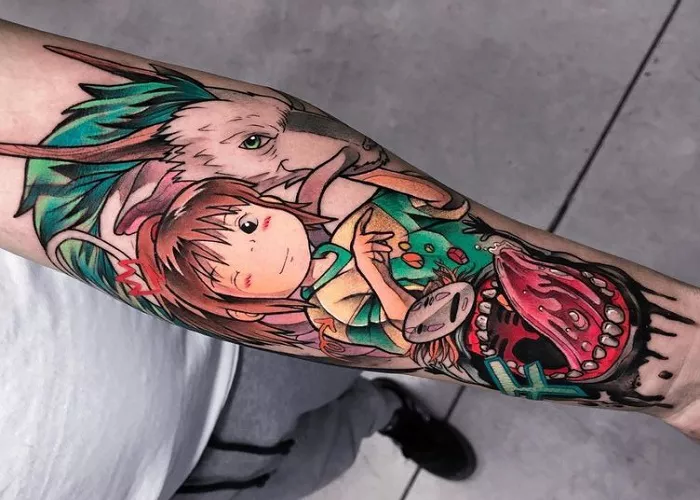Beneath the steady rhythm of needle and ink, stories of survival, heritage, and healing emerged at the Kwanlin Traditional Tattoo Gathering held last week in Whitehorse. The first-of-its-kind event brought together Indigenous tattoo artists, apprentices, and community members for three days of cultural revival, from May 9 to 12, at the Kwanlin Dün Cultural Centre.
For Ashley Cummings, originally from Pangnirtung, Nunavut, receiving a traditional chin tattoo was more than personal expression—it was a powerful act of reclamation.
“Inuit almost lost our tattoos entirely,” Cummings said, smiling after her session. “Now, there’s some really stellar women that are being matriarchs and bringing it back to us.”
That spirit of restoration was at the heart of the gathering, which featured four Indigenous tattoo artists sharing traditional techniques such as hand-poking and skin stitching—methods once banned or lost due to colonial policies and missionary influence.
Finding Strength in Shared Struggles
Tattoo artist Holly Nordlum, an Inuk from Kotzebue, Alaska, now based in Anchorage, emphasized the emotional weight and healing potential behind every session.
“Poking the skin and talking about hard stuff—it really does make you who you are,” she said.
Nordlum, who has tattooed for more than a decade, noted that many conversations with clients often touch on generational trauma, including issues like substance abuse and sexual violence. She draws connections between her work and the broader struggles of colonized Indigenous communities around the world.
“We’re all people of colour who have been colonized and are struggling,” she said, referencing traditional tattoo cultures she’s encountered in places like New Zealand and Hawai‘i that were also disrupted by colonialism.
Restoring Lost Traditions
For Kwanlin Dün citizen and tattoo artist Anne Spice, the gathering represents the early stages of a cultural resurgence in the Yukon.
“Each nation has its own tattoo tradition and style,” said Spice. “But there are gaps in that knowledge because of the generations where tattooing was outlawed.”
To bridge those gaps, Spice looks to other Indigenous art forms for inspiration, as tattooing practices continue to be rediscovered and reimagined.
A Space for Learning and Connection
The event also served as an educational space. Bobby Rose Koe, a Teetl’it Gwich’in participant from Fort McPherson, N.W.T., received a hand-poked tattoo of a caribou antler on her shoulder—an homage to her heritage.
“I come from caribou,” she said, noting that each of her tattoos marks a chapter of personal growth and resilience.
Koe said one of the most significant discussions at the gathering centered on the responsibility that comes with wearing traditional tattoos.
“People learned the history of tattoos, and what is or isn’t appropriate,” she said. “It’s so beautiful that we’re all learning here together.”
Having attended many meetings at the cultural centre over the years, Koe described this one as particularly meaningful.
“It’s a different vibe in here today,” she said. “Seeing people walk in and then walk out as a different person—with their tattoos or markings—is super beautiful.”
Related topics:

